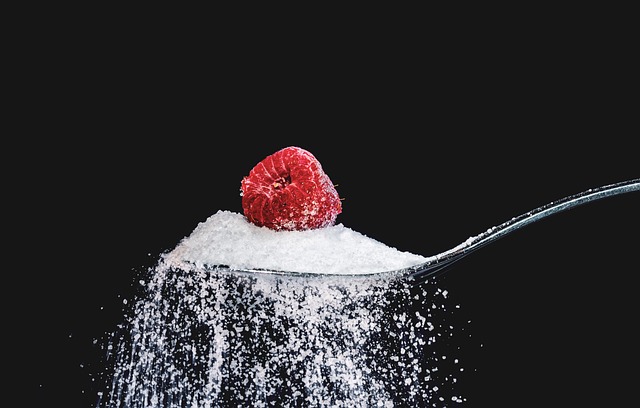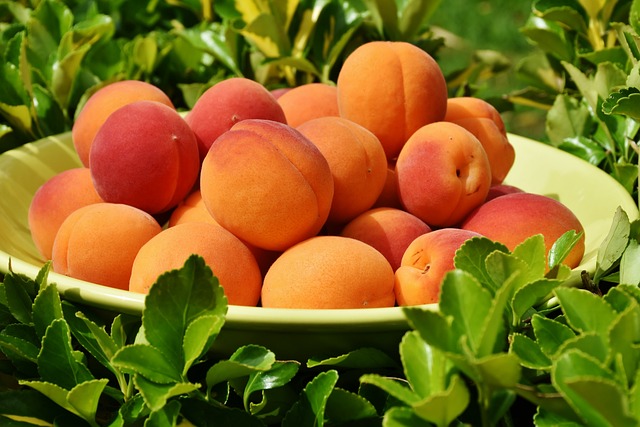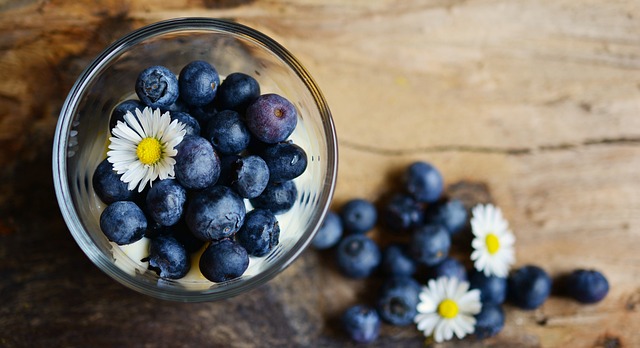When it comes to gut health, you may have heard about prebiotics and probiotics. These two similar-sounding terms often get confused with one another, causing confusion about their roles in our digestive system. In this article, we’ll clear up the confusion by explaining exactly what prebiotics and probiotics are, their differences, and how they work together to promote gut health and overall well-being.
What are Prebiotics?
Prebiotics are non-digestible fibers that serve as food for the good bacteria living in our gut. They are found in foods such as bananas, onions, garlic, asparagus, oats, and many others. Unlike probiotics, prebiotics are not living organisms, but rather plant fibers that feed the probiotics and help them thrive.
Example of prebiotic-rich foods:
- Bananas
- Chicory root
- Asparagus
- Garlic
- Oats
- Onions
- Apples
- Flaxseeds
Prebiotics cannot be digested by our bodies, so they pass through our digestive system intact until they reach our colon. Once they reach the colon, the good bacteria in the gut ferment the prebiotics, producing short-chain fatty acids that are essential for a healthy gut and overall health.
What are Probiotics?
Probiotics are live microorganisms, often referred to as “good bacteria,” that are naturally found in our gut. These good bacteria help to keep our gut healthy by regulating digestion, supporting the immune system, and producing essential nutrients. Probiotics not only help to prevent the growth of harmful bacteria but also help to maintain the balance of the gut flora.
Example of probiotic-rich foods:
- Yogurt
- Kefir
- Sauerkraut
- Miso
- Kimchi
- Kombucha
- Pickles
- Tempeh
Probiotics can also be taken in the form of supplements, which contain high concentrations of live bacteria strains. These supplements provide a quick way to introduce beneficial bacteria to the gut, helping to restore and maintain the balance of gut flora.
How Do Prebiotics and Probiotics Work Together?
Prebiotics and probiotics work together to maintain a healthy gut by creating an environment in which good bacteria can thrive. Prebiotics provide the food that probiotics need to grow and survive, making it easier for them to establish and maintain a presence in the gut. By working together, prebiotics and probiotics help to maintain the balance of good and harmful bacteria in the gut, promoting a healthy digestive system and overall well-being.
The Benefits of Prebiotics and Probiotics
The benefits of prebiotics and probiotics are numerous and include:
- Improved Digestion: Probiotics can help to reduce digestive issues such as constipation, diarrhea, and bloating, while prebiotics help to promote regular bowel movements.
- Boosted Immune System: Probiotics help to strengthen the immune system, making it easier for the body to fight off infections.
- Better Nutrient Absorption: Probiotics can help the body to absorb nutrients more efficiently, making it easier for the body to obtain the vitamins and minerals it needs to thrive.
- Reduced Inflammation: Prebiotics and probiotics can reduce inflammation, which is beneficial for individuals with inflammatory bowel diseases such as Crohn’s and ulcerative colitis.
- Mood Regulation: Recent research has suggested that the gut bacteria may play a role in mood regulation, highlighting the importance of maintaining a healthy gut flora.
The Bottom Line
Prebiotics and probiotics may sound similar, but they are two very different things that work together to maintain good gut health. Prebiotics provide food for the probiotics, helping them to survive and thrive in the gut. Probiotics,







